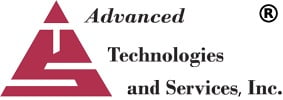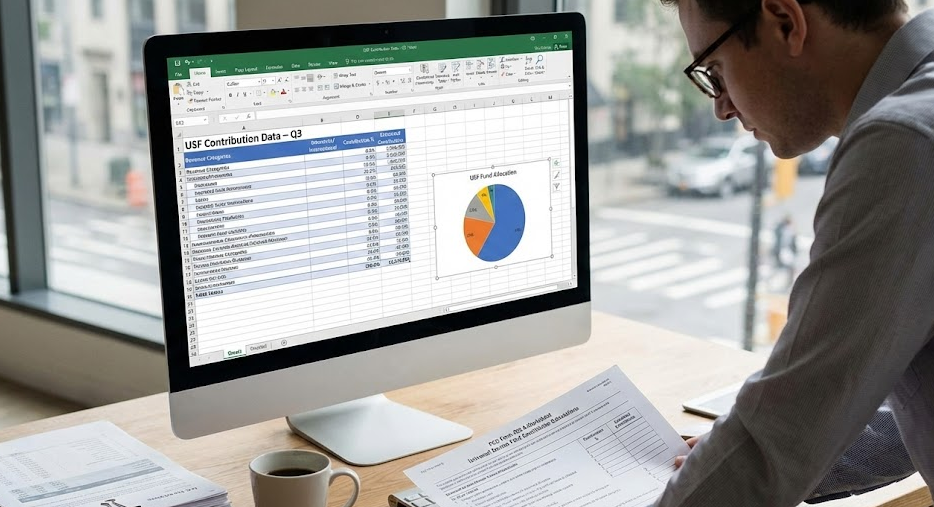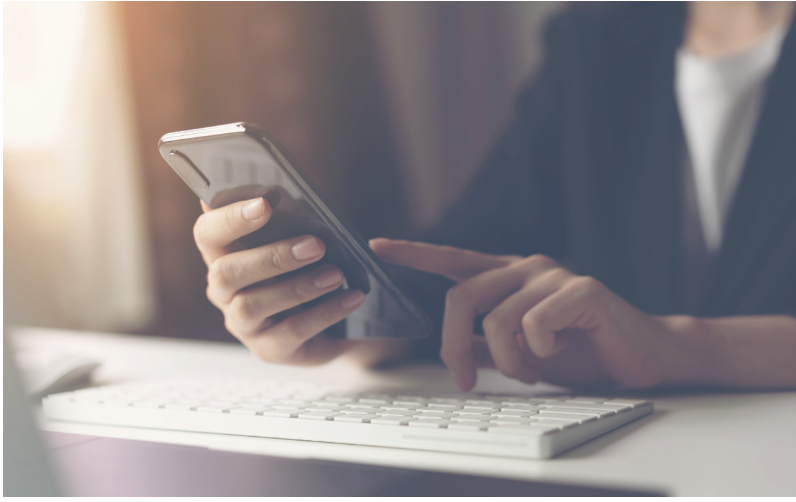USF Survives Supreme Court Ruling, But Carriers Still Face Rising Fees
The Time to Start Network Testing is NOW: Secure Your BEAD, CAF, and E-ACAM Investment
Unlock the Power of Your Network Data: The IPDR Advantage
Harness real-time insights from your network to drive operational excellence and smarter marketing.
Webinar - Stop Overpaying: USF Compliance Strategies You Need to Know
Are you a telecom provider paying too much into the Universal Service Fund (USF)? With the contribution factor soaring to a historic 38.1% for Q4 2025, every dollar matters.
This deep-dive webinar reveals the critical strategies companies are using right now to legally slash their contributions, optimize their reporting, and stop subsidizing their competitors.
Topics: USF
FCC Pushes 911 Into the Digital Era: What OSPs and PSAPs Need to Know
How AI-Based Bots Are Transforming Ordering Provisioning and Billing for Telecom Carriers
Where Are We with BEAD, CAF, and State Broadband Compliance Testing & Reporting?
Why Carriers Should Invest in Traffic Studies to Avoid Safe Harbor Overcharges
In telecom, profitability depends on tightly managing costs while complying with FCC regulations. One hidden drain on revenue comes from relying on safe harbor allocations when reporting traffic for the Universal Service Fund (USF) and related programs.
Reconfiguring the Telephone Companies Central Office From Communication Hubs to AI Factories
With their vast network of real estate, extensive fiber connections, and established power infrastructure, telecommunications companies (telcos) are uniquely positioned to repurpose their underutilized central offices (COs) into hubs for artificial intelligence (AI). This strategic move can create new revenue streams, optimize network performance, and position telcos as key players in the growing AI economy.










